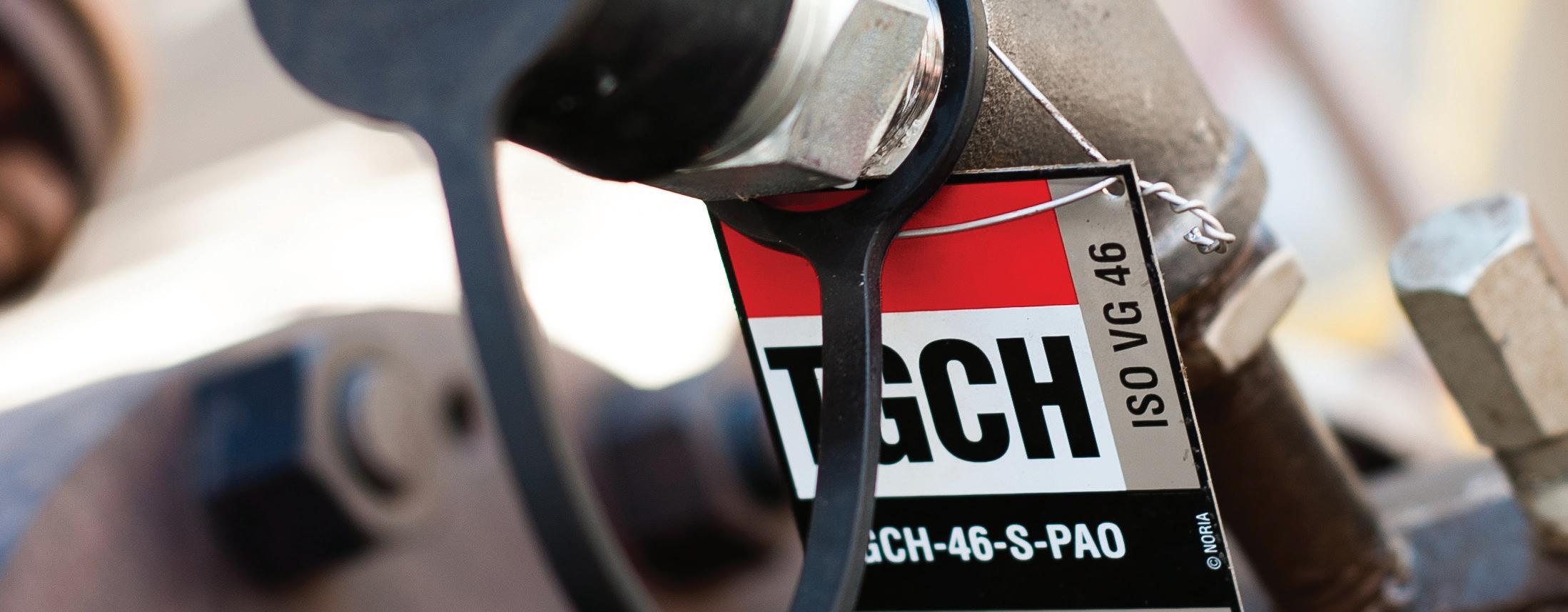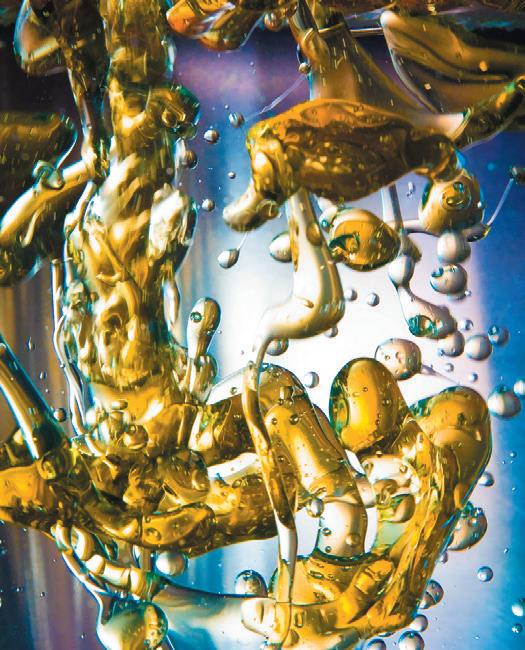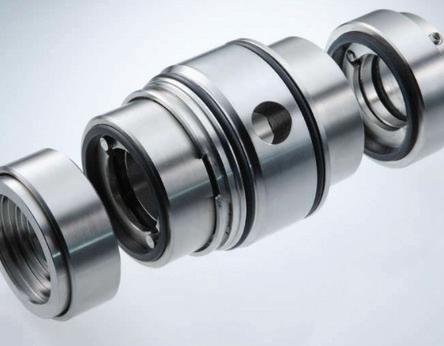
1 minute read
Lube-Tips
The “Lube-Tips” section of Machinery Lubrication magazine features innovative ideas submitted by our readers.
Don't Rely on Color Alone
Advertisement
Color-coding can be an effective way of setting up a lubricant management program, but don't use color as the only designation for which lubricant goes into what equipment. A significant portion of the population has partial or total color blindness. In labeling lubricants, colors should be supplemented with either shapes or text.
Did You Know?
Additional tips can be found in our Lube-Tips email newsletter. To receive the Lube-Tips newsletter, subscribe now at machinerylubricationindia.com
Have Some Tips?
If you have a tip to share, email it to admin@machinerylubricationindia.com
Avoid Recurring Water Contamination Problems
Large hydraulic reservoirs operating outdoors often develop a problem with recurring water contamination. The problem often is related to the humidity in the air. When hydraulic systems operate, the oil heats up and expands. If the system is shut down at night, the oil will contract and fresh humid air from the outdoors will enter the reservoir through the breather. By morning, when the outside air temperature has cooled significantly, the humidity introduced into the reservoir has usually condensed into water droplets in the oil. To correct and avoid this, use water-removal filtration offline to remove any free and dissolved water and add a desiccant breather to filter moisture out of any air entering the reservoir.

Don't Overlook Barrier Fluids
One often-overlooked lubricant is the barrier fluid used in double mechanical seals. Although it may be topped off when the level in the seal pot is low, how much thought goes into maintaining the high-quality lubricant needed for extended mechanical seal life?
Seal faces are lapped to within two helium light bands of flatness and are every bit as precise as rolling-element bearings. These lubricants are generally added to a seal pot and are expected to perform for the life of the seal. Conditions to consider include temperature, oxidation, coking of the lubricant, cleanliness, PM needs, scheduled changeout or sampling/testing and possible justification for synthetics. ML








